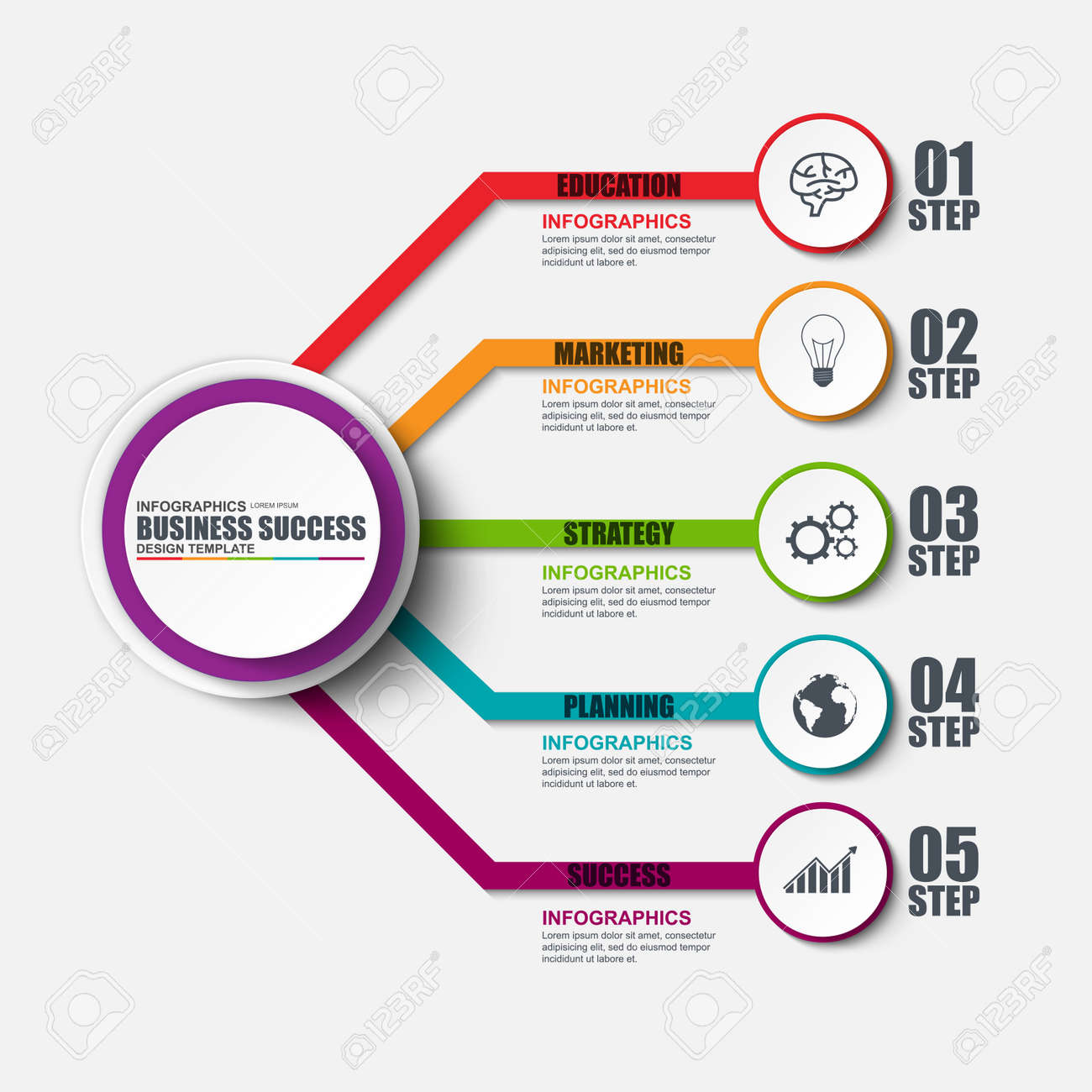Website Design Fundamentals: Tips For Building A User-Friendly Website
Website Design Fundamentals: Tips For Building A User-Friendly Website
Blog Article
Article Composed By-Crews Thorpe
When it involves website design, making sure user-friendliness is essential. From responsive layout to structured navigating, every component plays a crucial duty in creating a site that caters to your audience's requirements. But what about the finer information that can make or damage a customer's browsing experience? Remain tuned as visit this website link discover some often-overlooked ideas that can raise your website's functionality to the next degree, making it really stand apart in the digital landscape.
Significance of Responsive Layout
Receptive style is an essential facet of modern-day site advancement. Ensuring your web site is receptive ways that it can adapt to various display sizes and tools, giving a smooth experience for individuals.
With the boosting use smart devices and tablet computers to access the web, having a receptive design is essential for reaching a wider audience. It aids in improving individual experience by making your website easy to browse and read on any kind of device.
In addition, receptive style can favorably impact your search engine rankings, as search engines like Google prioritize mobile-friendly sites. By having https://kameronpdnyj.prublogger.com/31360976/essential-actions-for-efficient-website-advancement-a-comprehensive-list , you're additionally future-proofing your website, as brand-new tools with differing screen dimensions remain to arise.
Simplify Navigation Structure
To boost user experience and facilitate simple accessibility to info on your internet site, streamlining the navigation framework is vital. When designing your website, concentrate on developing a clear and user-friendly navigation menu that assists visitors find what they're looking for promptly.
Restriction the variety of menu things to the basics, grouping relevant web pages with each other to avoid overwhelming users. Use detailed labels that clearly indicate the web content of each web page, making it simpler for individuals to understand where each web link will certainly take them.
Think about applying dropdown food selections for subcategories to prevent cluttering the major navigating bar. Additionally, consist of a search bar plainly on the web page for individuals that prefer searching for certain information.
Focus on mobile responsiveness in your navigating style to make certain very easy access on all devices.
Optimize Web Page Lots Speed
Improving page tons rate is vital for keeping visitors on your site. Slow-loading pages frustrate customers and can result in high bounce rates. To optimize page tons rate, start by maximizing images. Press images without compromising high quality to lower their file sizes.
Furthermore, enable internet browser caching to keep frequently accessed sources in your area, quickening tons times for returning site visitors. Minify CSS, JavaScript, and HTML data by eliminating unnecessary personalities, remarks, and formatting, boosting lots speed.
Take into consideration using a material shipment network (CDN) to distribute your site's material throughout numerous web servers worldwide, lowering latency for users accessing your site from various places. Finally, restrict making use of third-party scripts and plugins, as they can substantially affect load times.
Final thought
In conclusion, by including responsive design, simplifying navigating, and maximizing page lots rate, you can produce an user-friendly site that attract a larger audience and improves individual experience. These essential elements guarantee that site visitors can easily access and browse your website across different tools, bring about increased involvement and fulfillment. By focusing on these crucial elements, you can develop an effective web site that maintains users coming back for even more.
